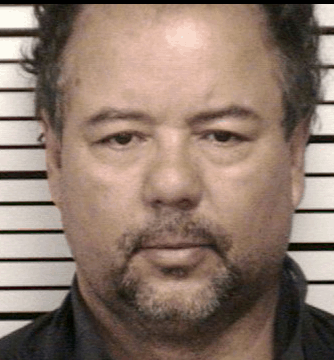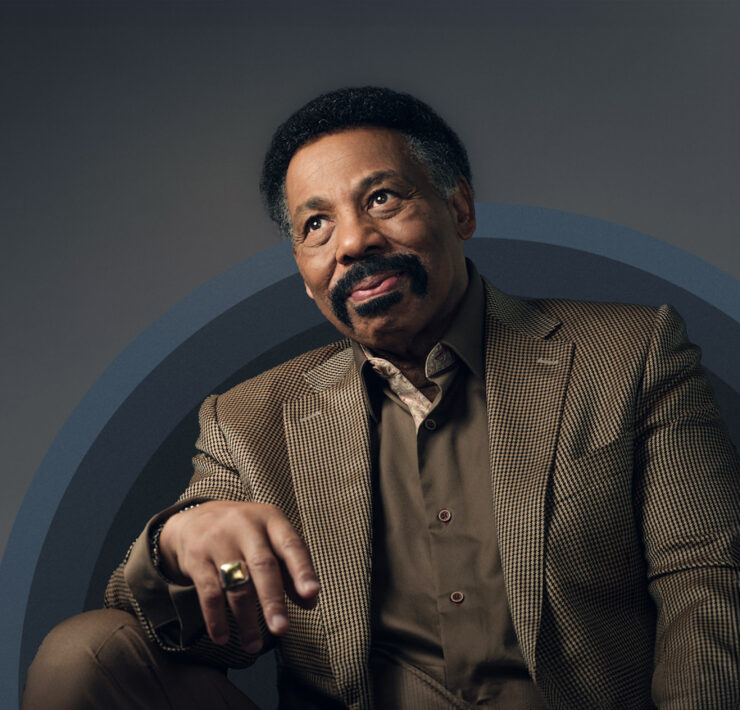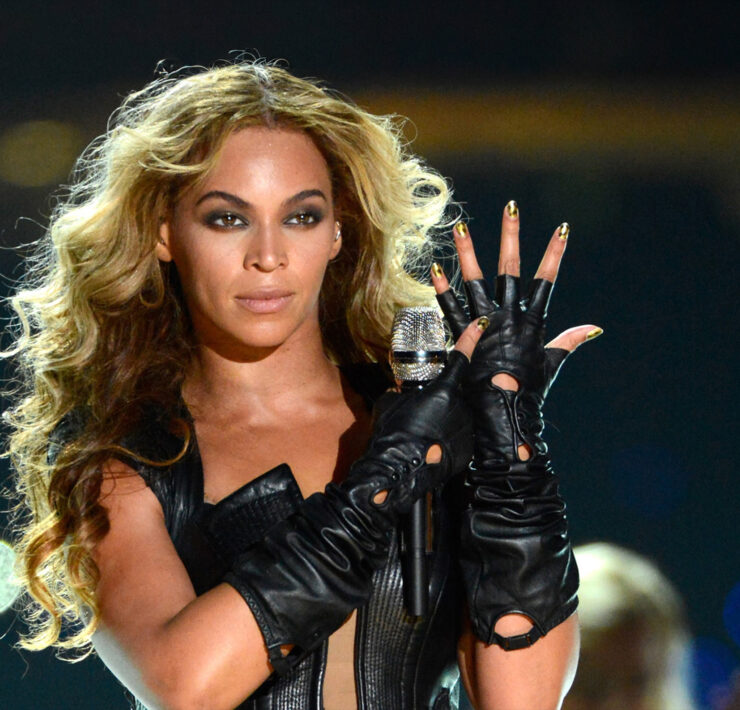If you knew you had six months to live, what would you do?
Many of us have asked that question at some point in our lives, whether hypothetically or not. Now scientific discovery is giving us the ability to ask the question in a new way: If you knew you were at high risk for developing a terminal illness, what would you do?
The disease may not exist yet, the prognosis might not been ascertained, but developments in cancer research have made it possible for high risk individuals to determine their genetic predisposition and take preventative measures.
In an op-ed for the New York Times on Tuesday, May 14, Hollywood star Angelina Jolie shocked the masses by writing about her recent choice to undergo a double mastectomy after genetic testing revealed she had a defective BRCA1 gene, giving her an 87 percent risk for breast cancer and 50 percent risk for ovarian cancer. She explained that her mother died of cancer at 56; getting genetic testing and choosing preventative surgery gave her and her family the peace of mind in knowing that she had done all she could to prevent developing the disease.
Jolie’s decision to undergo such extreme preventative measures is a brave one, and being heralded by many as such. Not just because amputating and reconstructing one’s breasts is a hard decision in itself, but because while making a tough decision, she also chose to do so publicly, capitalizing on her celebrity status in an effort to help women make more informed decisions about their health. She works in an industry that places high premium on physical beauty ideals, but she sacrificed that for what she deemed more important: her physical health, a longer life with her family of eight, and the possibility that despite all the criticism she might receive for it, it might yet reach women who are high risk for cancer and are not sure what to do about it.
These are admirable aspirations. Yet in the wake of her choice going public, I worry some women will misinterpret what Jolie is really advocating. It might be tempting for readers to take Jolie’s decision as a prescriptive measure for all women, believing that any sign of high-risk or early detection gives reason to undergo the preventative surgeries, but that would miss Jolie’s point entirely. Jolie took the test, sought counsel from geneticists and doctors, and chose a course of action that correlated with the degree of her personal risk. She is not encouraging all women at risk of cancer to do exactly as she has done. She is encouraging all women to be informed about their health and make informed choices, whatever those choices may be.
And a recognition of varied choices for varied conditions is important, since there are many types of cancer. Jolie’s condition, for example, is extremely rare, making up only 5 to 10 percent of breast cancers and 10 to 15 percent of ovarian cancers among white women in the United States, as pointed out by a follow-up article that the Times posted later that same day.
Studies show that there has been a growing trend in recent years of prophylactic, or preventative, surgeries, and this is where experts in the medical field are concerned. Chief of Surgical Oncology at the University of Minnesota Todd Tuttle reported to NPR on Tuesday that his 2011 study revealed women who had cancer in one breast believed they had a 31 percent chance of getting cancer in the other breast in 10 years. But for most women, cancer in one breast does not predict cancer in the other.
In fact, breast cancer researchers take that one step further than the Times and NPR stories mention. BRCA genetic testing does not determine a person’s risk for systemic cancer. In other words, finding out whether you have a BRCA mutation will not tell you whether or not your hypothetic cancer will metastasize; that is determined by tumor size, hormone receptor status, nodal status, and possibly multi-gene tests such as Oncotype DX and Mammaprint. So the effectiveness of preventative surgeries is limited to that rare five to 10 percent of people like Jolie who have the BRCA1 gene.
In other words, cancer is a complex disease. This is why it’s important for women to be cautious and remember the real purpose behind Jolie’s op-ed and very public decision. Jolie’s choice was right because it was right for her, not because it’s what all women should do. Readers should feel empowered by Jolie’s choice to educate and advocate for themselves and choose the course of action that correlates with their personal risk. Not all women are exposed to the same level of risk for the same reasons, therefore not all women should seek preventative surgeries.
Take me and my mother, for example. My mother died of metastatic breast cancer in January 2012. She had mastectomy when she was first diagnosed in 1997, but when the cancer metastasized it did not spread to her other breast, but to other parts of her body like her soft tissue, vital organs and bone marrow. A preventative surgery would not have helped her because of the type of breast cancer she had.
People have often asked me, given my family history, if I will get the genetic testing and how I might respond to the results. Knowing what my mother went through, and that I am surrounded by cancer on both sides of my family, I have determined that I don’t really need an expensive genetic test to tell me that I’m high risk. And while we’re on that track, I’m also high risk for heart disease, Alzheimer’s, and even a couple of extremely rare disorders like acromegaly, the syndrome more popularly known as giantism that has affected three of my family members, as well as Factor V Leiden, a blood-clotting disorder that has caused women in my family to suffer miscarriages and strokes. It’s clear that my odds aren’t good—for anything.
I may get the genetic testing, discover that I do in fact have a BRCA1 mutation, and choose to have a preventative bilateral mastectomy and hysterectomy, but only time will tell if that choice actually prevented cancer. Physical health is undoubtedly important—and, as men and woman made in the image of God, we should care for it well. But this truth must also be balanced out by another: that we are all mortal, and in the end, we are not in control. At some point I have to draw the line, come to terms with the choices that will give me the best quality of life, accept that I will die of something at some point.
In my own deliberation on this, I’ve been forced to ask a few deeper questions: At what point do these test results and preventative measures keep us from living full lives? At what point do our informed decisions become attempts to escape death, or play God? How do these ideas affect our quality of life psychologically, emotionally, spiritually?
So I have made my choice. Jolie has made hers. And you must make the choice that’s right for you.
We will all die, whether from heart disease or cancer or some really rare incurable, untreatable disease, or perhaps a tragic accident. It is only natural for us humans to want to stop the vehicle in time, to treat the disease preemptively, to know our prognosis and prevent it somehow. And it’s wise to get medical information in an effort to take care of our bodies. It’s also equally wise to do this in the awareness that life has a 100 percent mortality rate.
You may think that’s a morbid way of looking at it. But maybe seeing it from this perspective gives us the very freedom we need to steward our numbered days well, to make the choice that’s right for us, and to trust God with the outcome, because that was never really in our control to begin with.
So, back to that first question: If you knew you were going to die someday, how would you live your life now?






















